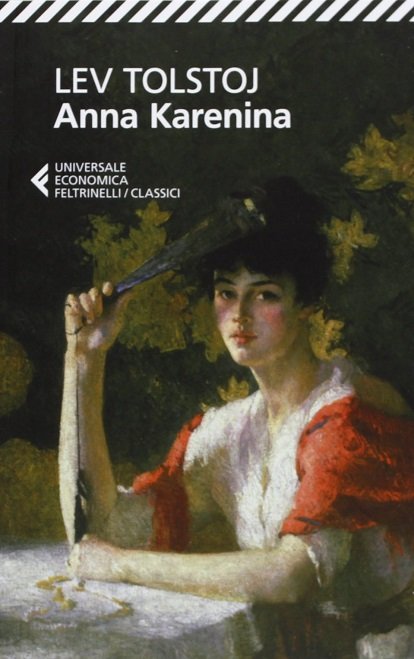About Lev Tolstoy and his work "Anna Karenina" /part 4/
Karenin does against the will of secular society, and as a result, he remains isolated from the "disgraced, demeaning, no-needy and despised of all" person. Apparently, the author sympathizes with the character, his suffering and the idea of reconciling with the enemies who have caused him harm. This idea has summoned Dostoevsky's admiration, which has not always been positive about the creativity of his great contemporary. He has enjoyed the religious moment of "forgiveness" of sins, "when criminals and enemies are transformed into higher beings, brothers forgiving each other ..."
The problem of love and family is also very important in the development of the second story line, which includes the characters of Kitty and Levin. Levin - Kitty opposes Anna - Vronsky as people who have found the right path to family happiness. Kitty is represented as a maiden who not only craves family happiness but also constantly strives for it. She well understands that her purpose is above all to be caregiving, loving mother and husband. After her marriage, Kitty sacrifices her spiritual and intellectual interests in the name of her family. It focuses its attention on creating its "future nest". This, according to Tolstoy, is highly justifiable because it most closely corresponds to the purpose of the woman. Most notably, however, the moral-psychological beginning of the novel has evolved in Levin's image. And this is easy to explain, knowing that it is largely autobiographical. It has embodied many thoughts about the meaning of the life and future of Russia, which were excited in the 60s and 70s by Tolstoy himself. Some features of Levin's image as dissatisfaction with life, his anxiety, and his quest for true human happiness are inherent to Tolstoy himself. Levin's movement on the path of real life, finding harmony and moral morality is accompanied by spiritual crises and upheavals, a complicated internal struggle to deny the selfish beginning in itself for the sake of good, happiness, and beauty. Levin's conclusion is that "we need to make a living better", and that ways of getting closer to the people must be sought at the same time.
Of course, the picture system in the novel is not exhausted with the plot lines - Anna - Vronski - Karenin and Levin - Kitty. There are a number of other images by which the author captures and conveys the diversity of Russian post-reform reality and designs the various forces and tendencies that engender controversial economic and social life. Here is the impoverished "seeker of enjoyment" Steva Oblonsky, who strives to make everything delightful; here is the new child of the epoch - the rich merchant Ryabinin, the face of whom during the deal receives "hawk, predatory and cruel expression"; here is the "clairvoyant" Jules Lando and the bastard Betsy Tverska, as well as the hypocrite Lydia Ivanovna and Prince Chechen - with her two families, and so on. Through them Tolstoy subjected to acute and devastating criticism the moral and moral support of the society, who has the audacity to judge Anna and to deny her openly expressed, strong and sincere love. Throughout his artistic career, Lev Tolstoy remains faithful to realism as an artistic method. In the novel Anna Karenina the author has expressed himself in a special poetic way. This work is perceived to be one of the most dramatic, emotional, and psychologically mature works in Russian classical literature. More than in other artworks, in Anna Karenina, Tolstoy draws attention to the characters' experiences, to the "dialectics of the soul" (Chernyshevsky).
